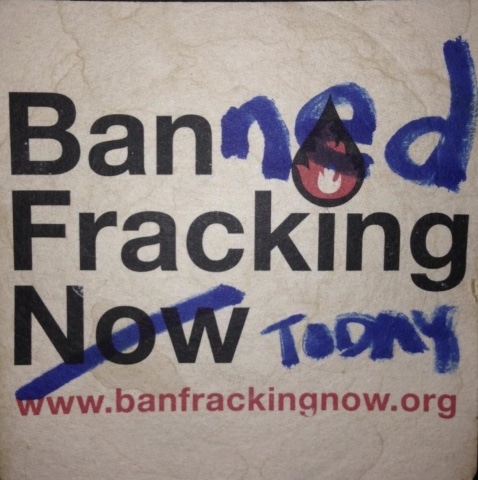“After years of exhaustive research and examination of the science and facts, prohibiting high-volume hydraulic fracturing is the only reasonable alternative.”
Those were the words many activists in New York never expected to hear from Joe Martens, head of the state’s Department of Environmental Conservation, but they were included in a statement released today as New York made the state’s ban on fracking official.
This step in the process was expected after the release in May of the massive 1,448 page report on fracking that was seven years in the making which also was preceded by the Cuomo administration announcing they planned to ban fracking back in December.
While there had been some mentions in the media that the recent Environmental Protection Agency (EPA) report on fracking and drinking water contamination might cause trouble for the Cuomo administration, it appears that trouble was limited to predictable Republican statements about Cuomo’s decision being based on “controversial scientific studies.”
As explained in detail in this DeSmog piece by Sharon Kelly, if you read the EPA report and didn’t just rely on headlines in the New York Post to get your information, the report actually provides support for New York’s decision for a fracking ban.
New York now is the only state with known large amounts of shale deposits that has enacted a ban on fracking. In the past week, the state has also released a new energy plan with goals to reduce greenhouse gas emissions by 40% (below 1990 levels) by 2030 and 80% by 2050 and to produce 50% of its electricity from renewables by 2030.
As the oil industry prepares to roll out fracking technology around the globe, New York has taken an important step in showing the world what a “reasonable alternative” looks like.
As DeSmogBlog concluded in our 2011 report Fracking the Future, the risks to our water, health and climate our simply too great to continue this fossil folly.
Subscribe to our newsletter
Stay up to date with DeSmog news and alerts






